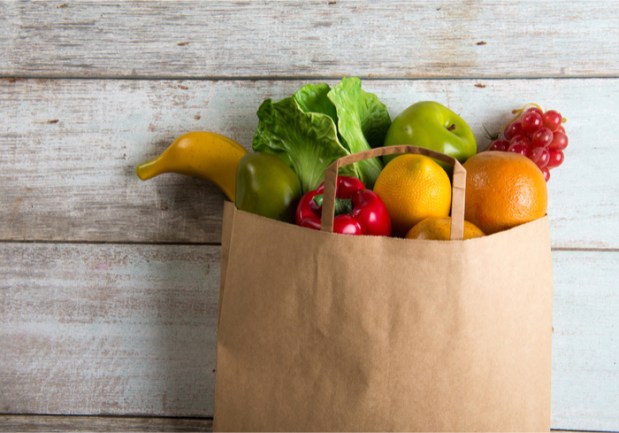Retailers Can Tap Into Mobile Stores With Self-Driving Cars

Click-and-collect and delivery aren’t the only options for grocers to provide eCommerce ease to their customers: They can also let customers shop through mobile stores in front of their homes. And, with the help of self-driving technology, these vehicles can reach consumers without the need for a driver at the wheel. Companies such as AutoX are seeking to disrupt this space by bringing the grocery store experience home to customers with its self-driving vehicles.
“We’re actually inventing new ways of shopping,” AutoX’s chief operating officer, Jewel Li, told PYMNTS in an interview, adding that the current way many consumers shop for groceries is simply tedious.
In order to use the AutoX service, consumers download the company’s app, which lets them hail a vehicle and browse various grocery items, from produce to fresh perishables. To ensure that consumers don’t receive lettuce that is wilted or food that is otherwise spoiled, AutoX provides a temperature-controlled environment within its vehicles. When a vehicle reaches its destination, a window rolls down that enables consumers to pick their selections. Consumers can pay for goods with major credit cards, and the company has its eye on introducing more payment options in the future.
In order to connect retailers with these consumers, AutoX plans to use a more flexible approach to its business model by maintaining its own fleet and providing retailers with different cost structures. Smaller businesses, in particular, may be able to pay for the service through delivery fees to customers. Larger businesses, however, might prefer a leasing model or a different fee structure.
Li said that self-driving services could be a more cost-effective way for consumers to receive deliveries in the middle of the night or when they can’t visit a pharmacy to pick up medicine, such as if they’re feeling under the weather. In terms of target market, Li said self-driving grocery services could appeal to busy moms or any consumer pressed for time.
The Self-Driving Grocery Space
Firms such as Nuro are also seeking to bring self-driving stores to consumers. While AutoX plans to use its own fleet of Lincoln MKZs, Nuro is creating its own vehicles. AutoX, Li said, is focusing on creating the driver instead of making the car. The thinking behind this strategy is that vehicles already on the market are designed for the road and can better serve a larger area.
AutoX has another point of differentiation: For its primary sensor, the company uses high-resolution cameras instead of LiDAR laser arrays and other “costly” alternatives. “AutoX’s high resolution camera sensing enables the AI to safely detect small objects such as kids and pets, and see farther ahead for a longer distance, compared to other autonomous driving technologies that heavily rely on LiDAR,” the company said in a press release.
Large grocery retailers are also starting to experiment with self-driving technology. Kroger, in particular, said in June that it was partnering with Nuro for the pilot of an on-road, fully autonomous delivery service for customers. Through the partnership, customers can place a same-day delivery order through Kroger’s ClickList ordering system, and Nuro’s fleet of autonomous vehicles will deliver it.
In an announcement for the service, Kroger’s chief digital officer Yael Cosset said that the partnership aligns with the company’s digital initiative, Restock Kroger. “Partnering with Nuro, a leading technology company, will create customer value by providing Americans access to fast and convenient delivery at a fair price,” Cosset said in the announcement.
Kroger said that the pilot market is expected to launch in the fall. By the same token, AutoX said that its service will come in “time for the autumn harvest produce season.” When that test does occur, it will happen within a geo-fenced area in California.
